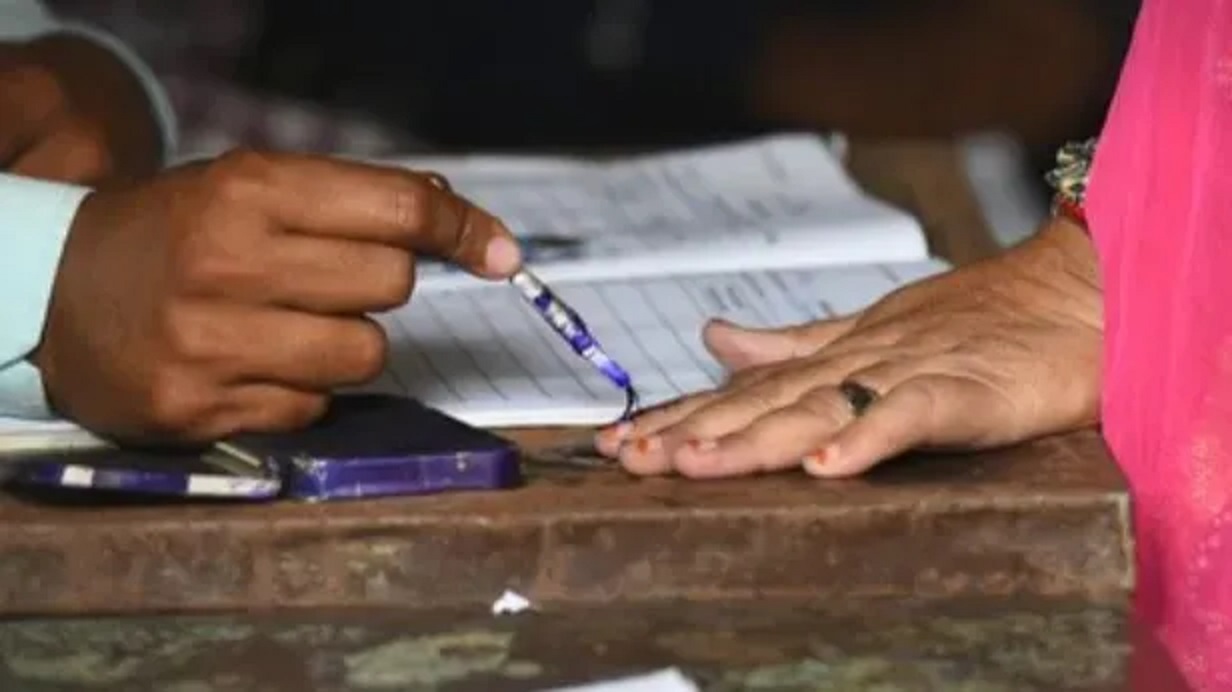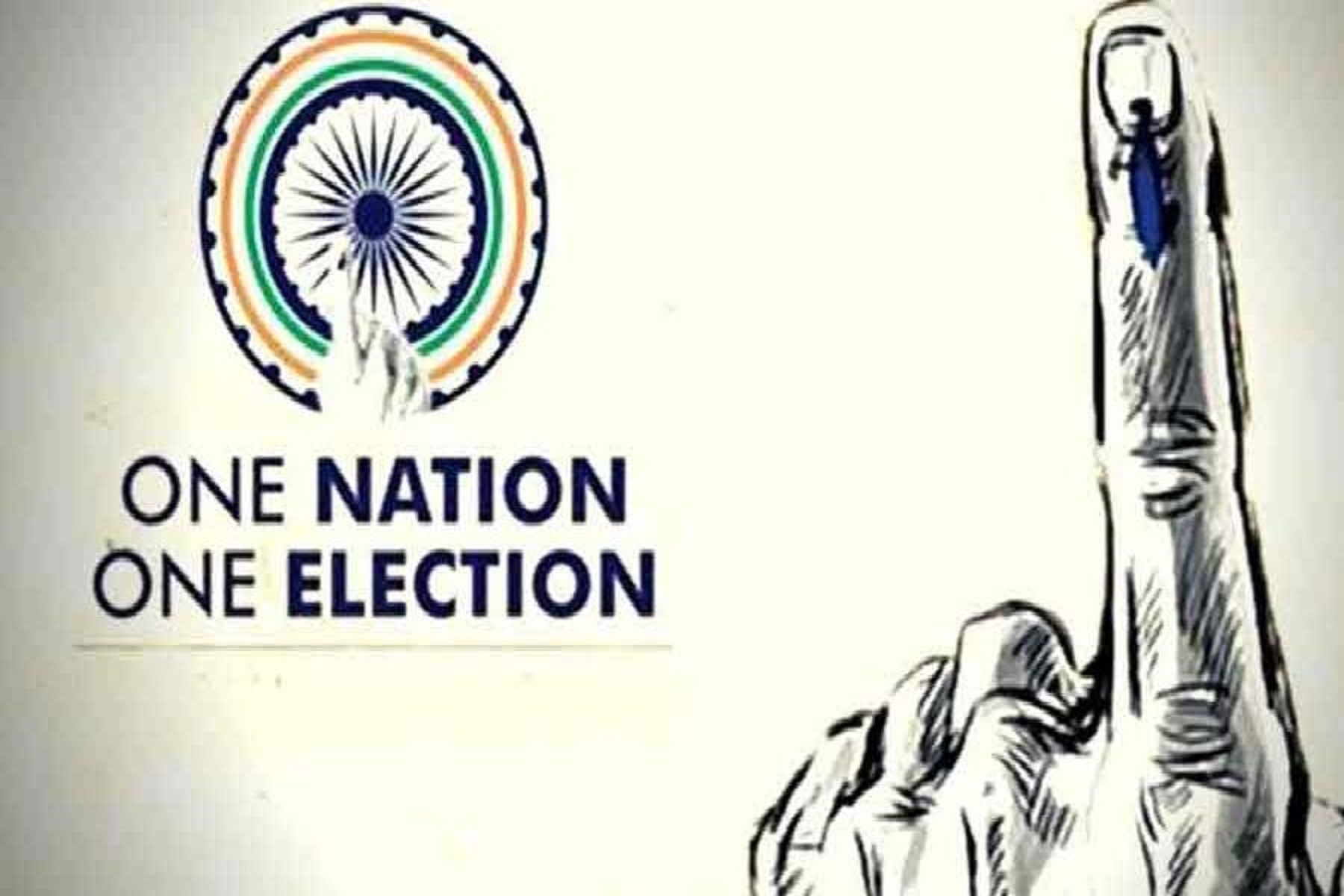- The Indian citizens, especially those who are keen followers of political development and churnings, would be fascinated by the efforts of the ruling dispensation at the Centre in pushing ahead with the subject agenda. The Bharatiya Janata Party has been vocal in projecting the utility of having simultaneous Parliamentary and Legislative assembly elections. No less than Prime Minister Narendra Modi himself is at the forefront exhorting the political parties to wholeheartedly embrace the simultaneous polls for the simple reason that developmental work gets unduly affected courtesy of frequent polls around the year. Of course, the opposition parties are opposing the move vehemently.

PC: Republic World
- The moot point to ponder over here is whether conducting simultaneous polls will be feasible with all-around acceptance from the real stakeholders, the political parties. For the uninitiated, a high-level committee led by past President Ram Nath Kovind, tasked to examine the feasibility of simultaneous elections for all levels of government, has recommended India transition to this system. This can happen by 2029. Synchronizing LS and assembly elections don’t face a stiff challenge as the relevant constitutional change will not require ratification by state assemblies. However, synchronizing local body elections and electoral rolls will need the concurrence of at least half the state assemblies. This aspect will pose challenges to the proposed move.
- As you are aware, India started with simultaneous elections. That was the general case till about 1967. Subsequently, election cycles diverged. Of the Kovind committee’s arguments, let’s start with the most convincing one to revert to synchronized elections. Mind you, a typical LS election involves at least 7 million officials seconded to election duty. Schools are used as polling booths and there’s a large deployment of paramilitary forces. The same process though on a smaller scale is repeated for assembly elections. Synchronization allows for more efficient use of resources. Notably, the Kovind committee’s study on the likely economic benefits of simultaneous elections is unconvincing. Economic growth is a complex process.

PC: Telegraph India
- Thus, distilling its drivers to narrow dimensions such as election cycles is not persuasive. Also, data shows that India’s high growth phase began in the 1980s long after the election cycle turned asynchronous. Some of the other aspects cited in favor of simultaneous elections are hard to judge. For example, will descent into a danger zone of identity politics be checked by it? To illustrate, reservation agitators and related political positioning are not always linked to an imminent election. As many as 47 political parties gave their opinion. Of them, 15 parties, or almost one in three, opposed the idea. This is important as state assemblies must pay the price of synchronization. Unless more political stakeholders support the move, simultaneous polls will not happen.






